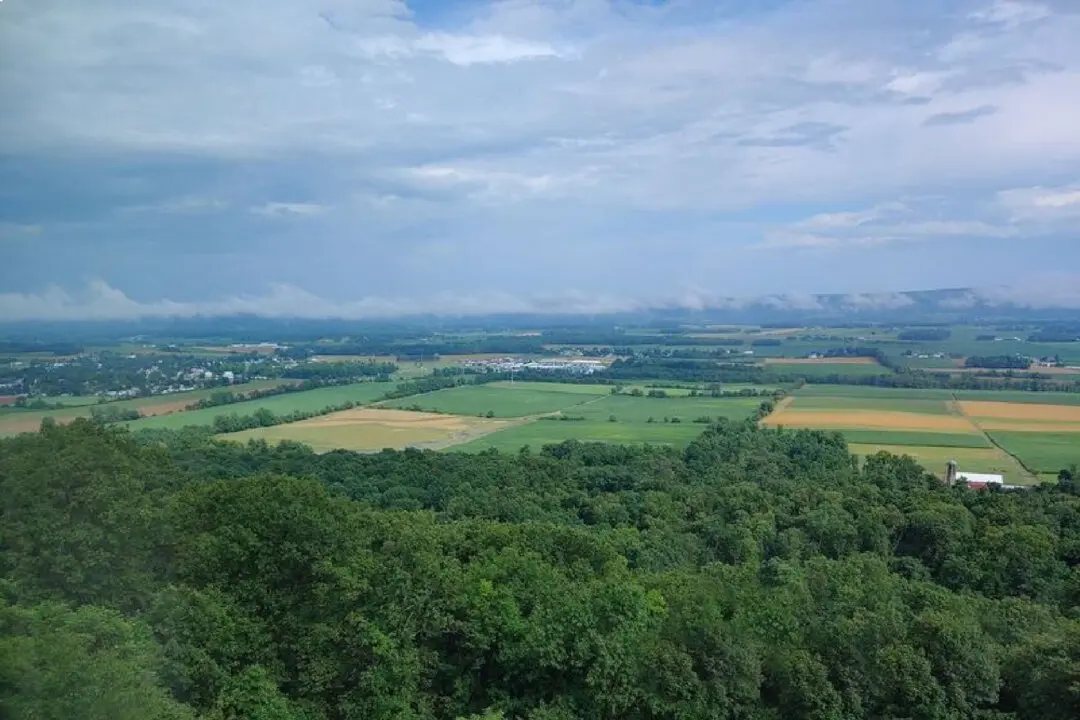The last 18 miles of the road leading to the Monteverde Cloud Forest in Costa Rica, full of ruts and potholes by design, takes more than an hour and a half to navigate, and the locals like it that way. They choose not to fix it because it would be too easy for tourists to visit.
This may not sound all that hospitable, but it illustrates the emphasis that Costa Ricans place on conservation. The Cloud Forest, which I visited prior to COVID-19 as part of an Overseas Adventure Travel (OAT) tour of Costa Rica, is indeed an ecological marvel worth saving—and seeing. But you have to really want to go there.





